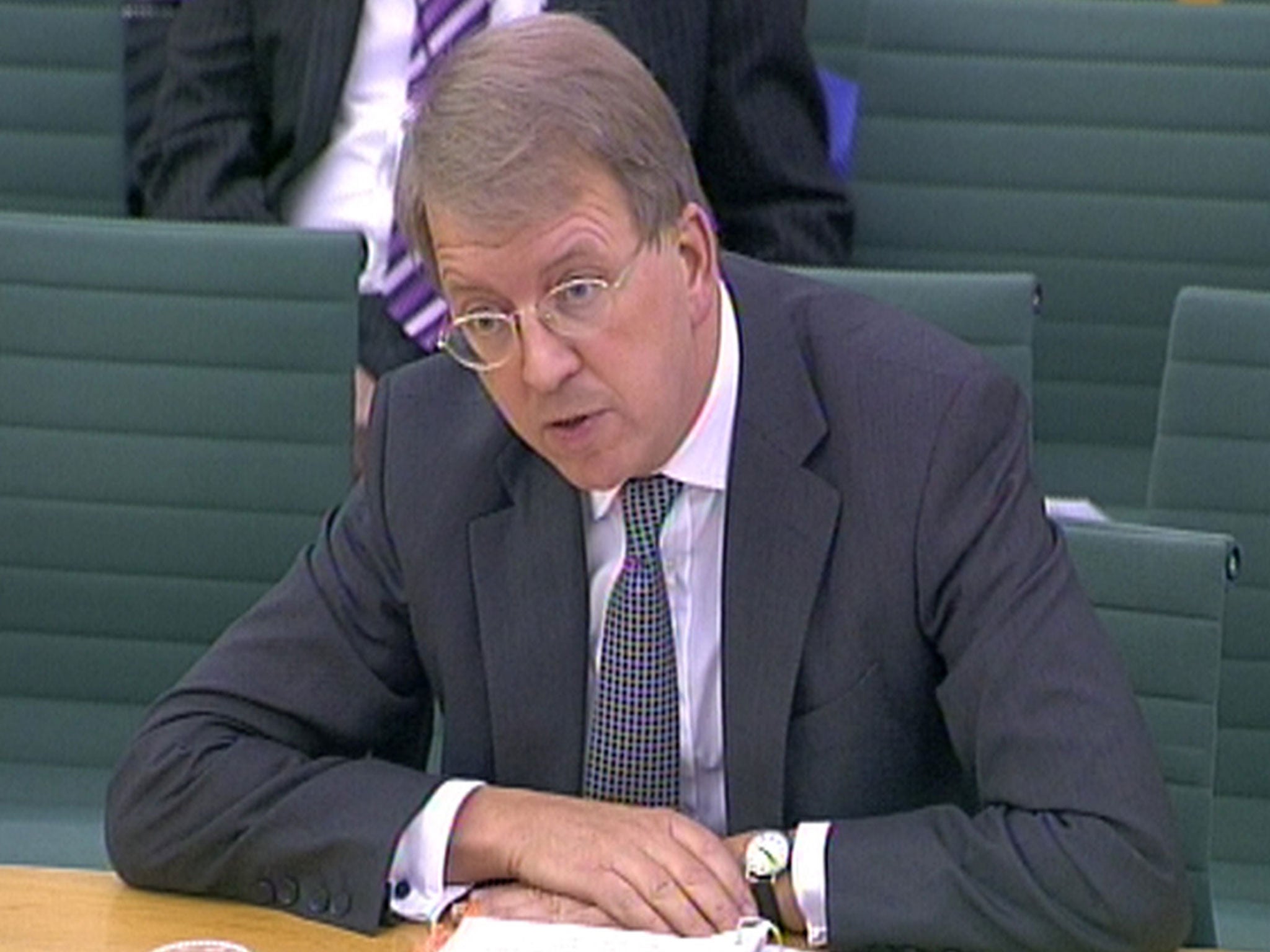Social media companies must do more to 'police' terrorist content, says intelligence chief
Chair of Joint Intelligence Committee says on too many occasions companies wait to be approached before taking action

Your support helps us to tell the story
From reproductive rights to climate change to Big Tech, The Independent is on the ground when the story is developing. Whether it's investigating the financials of Elon Musk's pro-Trump PAC or producing our latest documentary, 'The A Word', which shines a light on the American women fighting for reproductive rights, we know how important it is to parse out the facts from the messaging.
At such a critical moment in US history, we need reporters on the ground. Your donation allows us to keep sending journalists to speak to both sides of the story.
The Independent is trusted by Americans across the entire political spectrum. And unlike many other quality news outlets, we choose not to lock Americans out of our reporting and analysis with paywalls. We believe quality journalism should be available to everyone, paid for by those who can afford it.
Your support makes all the difference.Social media companies must do more to combat extremism by “policing” terrorist content on the internet themselves, rather than waiting for orders from the authorities, an intelligence chief has said.
Charles Farr, chair of the Joint Intelligence Committee, said that on too many occasions media companies waited to be approached before taking action.
In the past year, Scotland Yard and the Home Office have stepped up their efforts to take down thousands of items of terrorist propaganda.
But officials say the big internet companies such as Google and Facebook, as well those who run messaging apps, must take tougher action.
Mr Farr said in a recent interview, before he took up his current role (he was serving as director of the Office for Security and Counter-Terrorism): “We want to challenge the Isil [Isis] narrative.
“One of the ways we do this is by approaching social media platforms, like Facebook, to highlight where extremist and terrorist material they are hosting does not comply with their own terms and conditions.
“When they agree, that material is then removed. This has been very effective. But we would like social media companies to do more self-policing and not wait for us to contact them.”
Mr Farr said the challenge facing Western governments was changing all the time. “Isil propaganda is more varied and diverse than the propaganda of al-Qaeda.
“Where al-Qaeda’s narrative focused on themes of oppression and violence, Isil can purport to offer a non-violent message, appealing to people to travel, live in and help to build the so-called caliphate.”
And Mr Farr warned: “Propaganda of this kind can appeal to a much wider range of people than the social media of al-Qaeda. Young, impressionable Muslims will be told that they have no choice but to join Isil and defend a nascent state.
“Of course some of its propaganda is explicitly violent. We need to counter Isil propaganda of all kinds.”
Officials say Isis produces 38 unique pieces of “high-quality propaganda” every day. The Metropolitan police counter-terrorism internet referral unit has removed more than 110,000 pieces of extremist propaganda since 2010.
Mr Farr also defended the Government’s controversial strategy designed to combat extremism in the UK.
Critics claim that de-radicalisation programmes such as the Home Office’s “Prevent” strategy criminalises Muslim communities.
But Mr Farr said that 40,000 people had come into contact with Prevent-related programmes in the past year; many had been “removed from the terrorist radar”.
He said: “We believe the programme as a whole is successful in stopping people from becoming terrorists or supporting terrorism.
“In a democratic state no counter-terrorism policy can be 100 per cent successful. But there are nearly three million Muslims in Britain, of whom about 800 who are of interest to the agencies have travelled to Syria.
“Even taking into account some under-counting that is a very small percentage.”